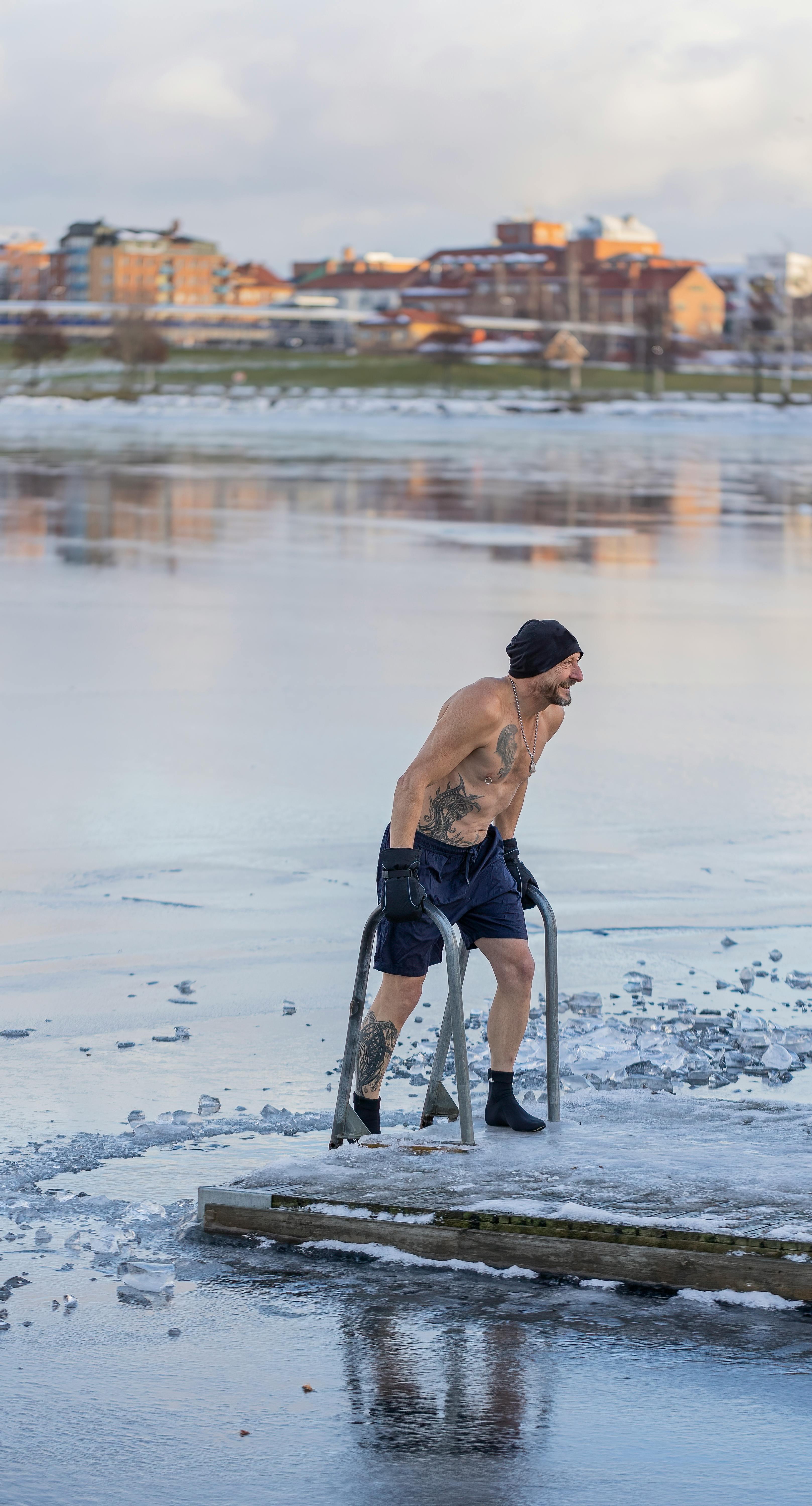The Untapped Potential of Ice Swimming: Diving into the World's Coolest Sport
Ice swimming, a brutal yet exhilarating sport that tests the human body's limits in icy waters, is rapidly gaining traction. Though it has been practiced for centuries in certain cultures, it's only recently that it has captured global attention as a recognized sport. This article delves into the fascinating world of ice swimming, its history, current trends, and the physiological factors that make it unique.

Ice swimming, defined by the International Ice Swimming Association as a swim in water 5°C or lower, is not for the faint-hearted. It requires physical strength, mental fortitude, and a certain level of audacity. However, it promises a rush of adrenaline, the thrill of overcoming a daunting challenge, and numerous health benefits.
Delving into the Chilled Depths: The History of Ice Swimming
Ice swimming has deep roots in various cultures. In Finland, it’s a centuries-old tradition known as “avantouinti.” Russian “walruses,” or “morj,” have been braving frigid waters for decades, while the Polar Bear Club of Coney Island, New York, has been holding annual winter swims since 1903.
Despite these localized practices, ice swimming as a recognized sport is relatively new. The International Ice Swimming Association was established in 2009, setting global standards and promoting safety. In the years since, ice swimming events have proliferated worldwide, from the UK’s Chill Swim to Antarctica’s Polar Plunge.
Cutting Through the Ice: Current Trends in Ice Swimming
As the sport gains popularity, ice swimming events are becoming increasingly competitive. Elite ice swimmers are pushing the boundaries of human endurance, with records being regularly shattered. The current women’s record for a mile swim in 0°C water, held by Jade Perry of the UK, stands at a staggering 22 minutes and 44 seconds.
On the recreational side, ice swimming is being touted as a form of “extreme wellness,” with claims of boosting immunity and improving mental health. The “ice mile” – swimming a mile in icy water – is becoming a sought-after achievement among adventurous swimmers.
The Thrill of the Chill: The Science Behind Ice Swimming
Ice swimming is a testament to the human body’s remarkable adaptability. When immersed in cold water, the body undergoes a “cold shock” response, triggering a rapid heart rate and gasping breath. With regular exposure, the body can adapt, reducing this response and enabling swimmers to withstand the cold for longer periods.
However, ice swimming also poses risks. Hypothermia is a constant threat, and even experienced swimmers can succumb to cold water incapacitation. It’s crucial that ice swimmers train properly, acclimating their bodies gradually, and always prioritize safety.
Breaking the Ice: The Future of Ice Swimming
Ice swimming is a sport on the rise, with increasing numbers of swimmers drawn to its unique challenges and rewards. As more athletes push their limits in this extreme sport, we can expect new records, innovative training methods, and a greater understanding of our bodies’ incredible capacity for adaptation.
In conclusion, ice swimming is a captivating blend of cultural tradition, extreme sport, and physiological marvel. As it continues to make waves in the sports world, one thing is certain: this cool sport is just heating up.
Ice swimming is more than a test of physical endurance—it’s a celebration of human resilience, a testament to mental strength, and a sport that truly embodies the spirit of adventure. Whether you’re an athlete looking for your next challenge or a sports enthusiast seeking a fresh perspective, ice swimming offers a chilly yet thrilling plunge into the unknown.




